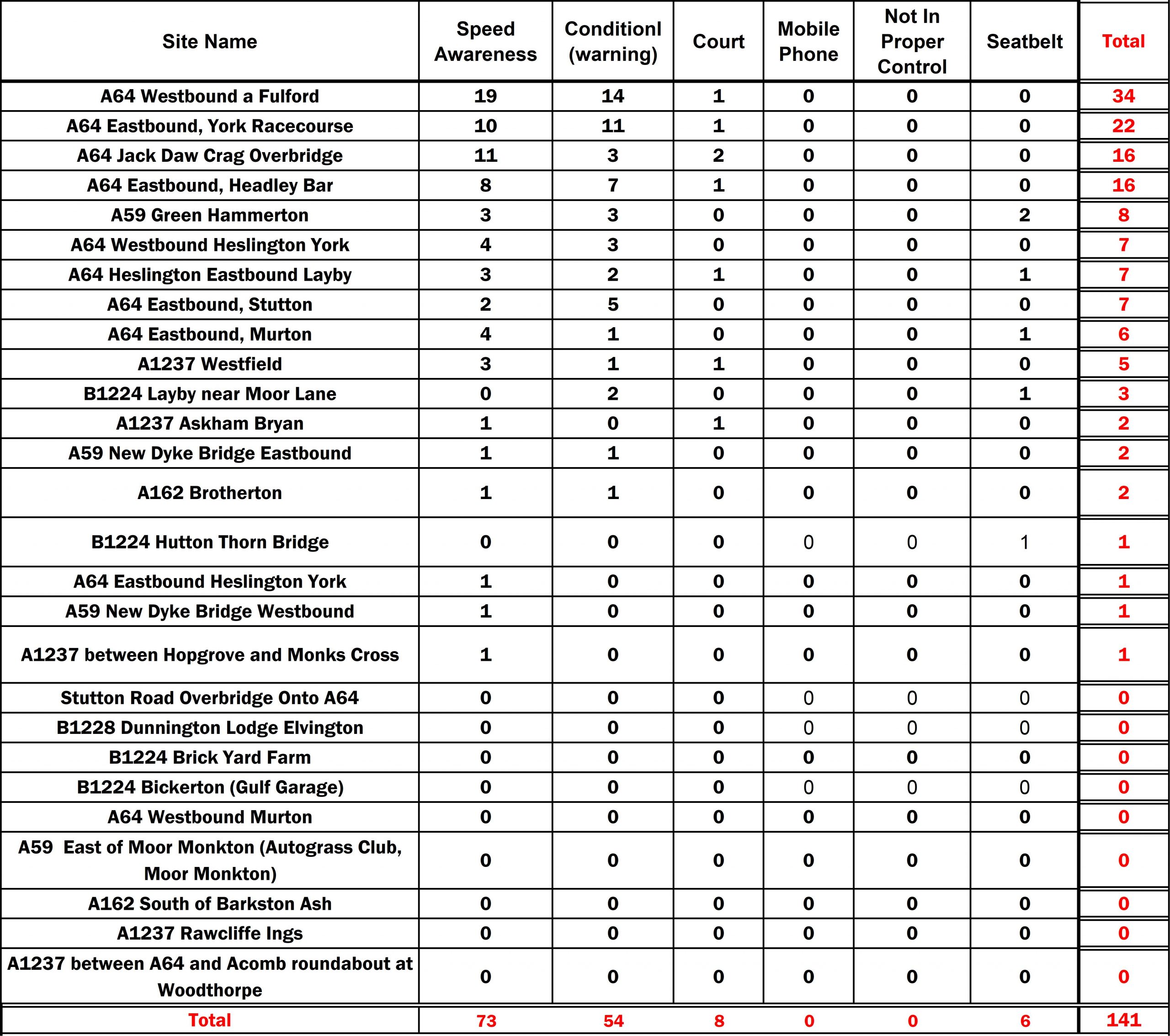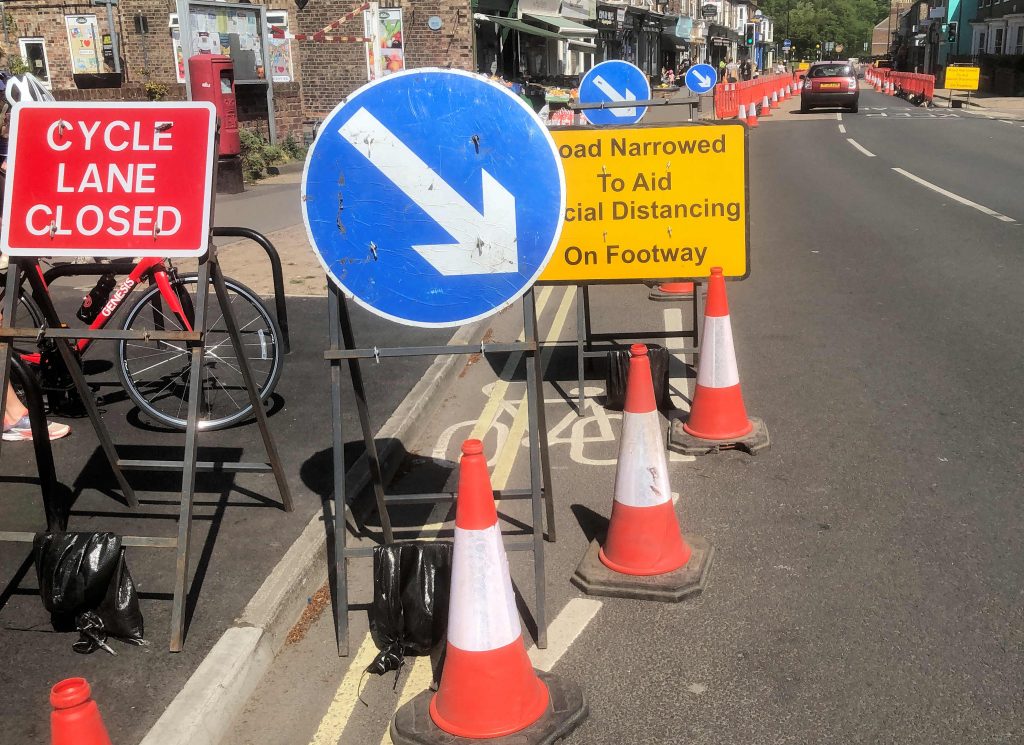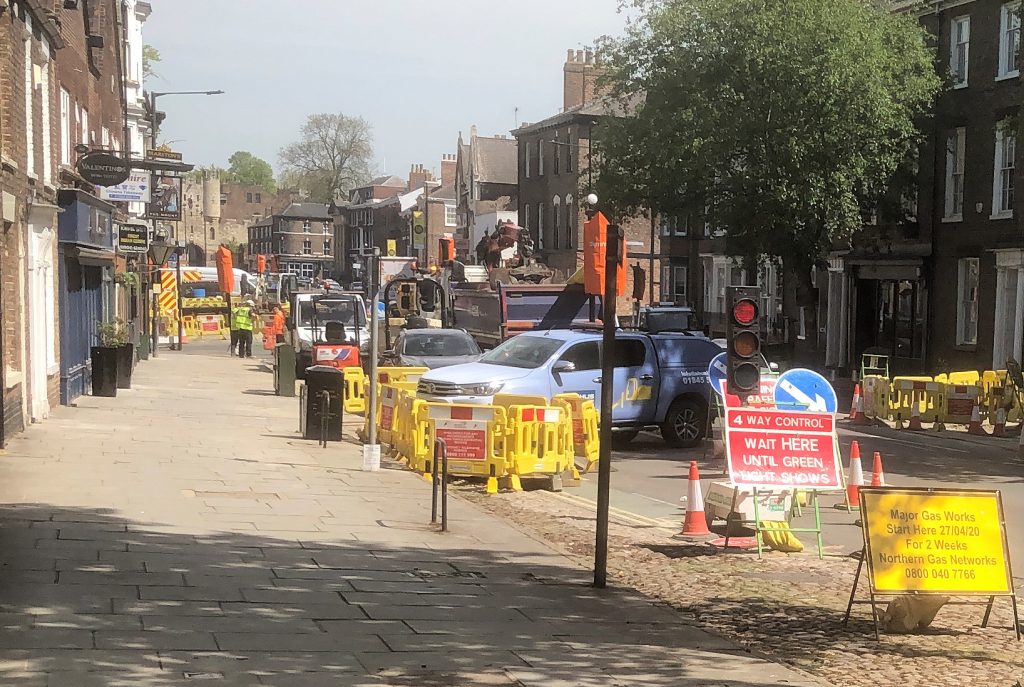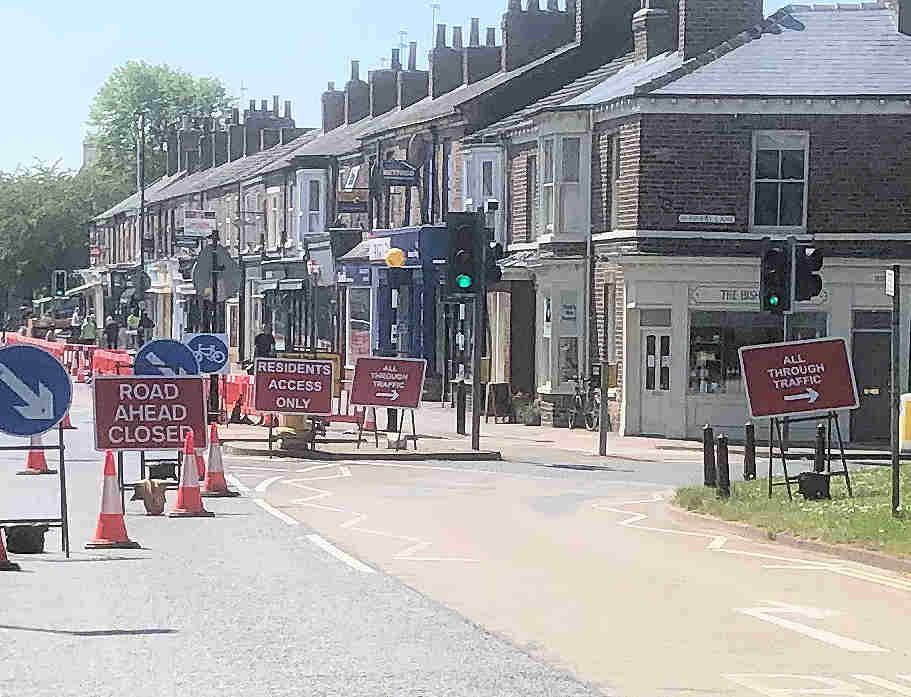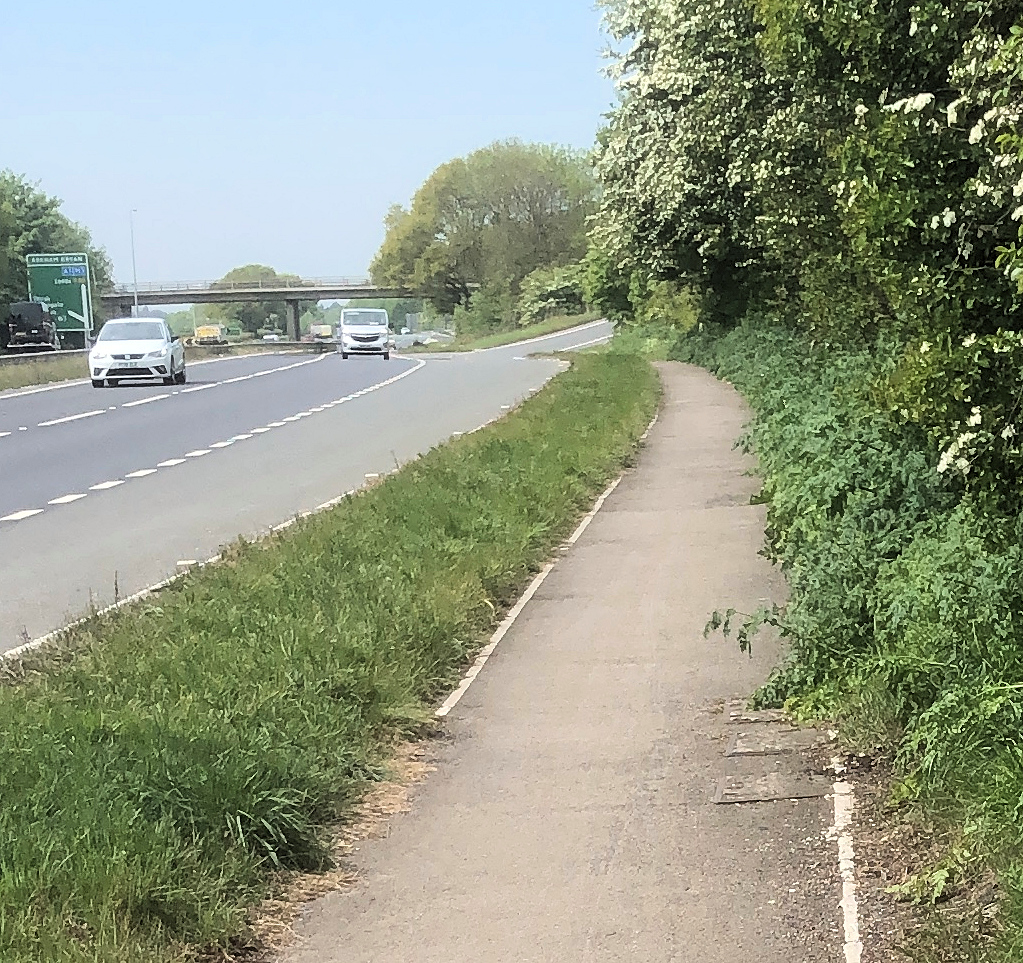It came as no surprise yesterday when the government, in urging some people to return to work, specifically said that public transport should be avoided. The government says that only 10% of those using public transport will now be able to do so as work restrictions are eased. They hope that (nationwide) an additional 5% can be persuaded to cycle to work.
While the message may have mainly been aimed at the big City’s like London, there are lessons for York.
York has a successful bus service. 12 million local bus trips are made each year to which should be added 4 million park and ride users.
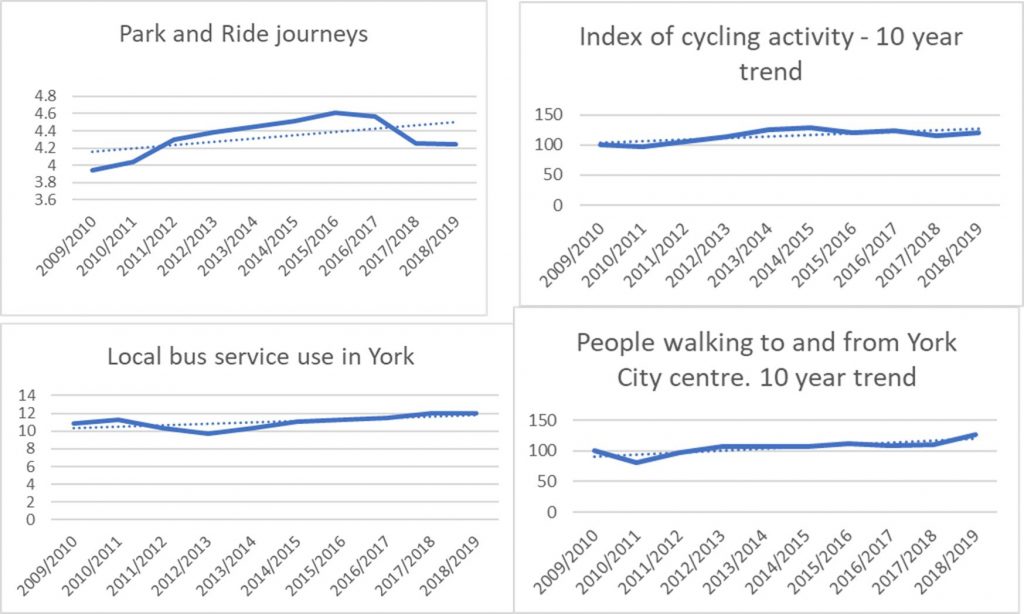
There are a similar number of journeys made by cycle.
Around 20,000 people walk to and from the City centre, on average, each day. Over 70% of trips to the railway station are made using “sustainable” means of transport (cycling, walking, taxi or bus)
The government says that it is targeting those making journeys of up to 3 miles (who could walk) or 5 miles (who might cycle). Walking 3 miles might take an hour, cycling 5 miles maybe 40 minutes. One likely bonus is improved fitness and relatively low cost.
The negatives include journeys being uncomfortable in poor – or very hot -weather while, for cyclists, York’s creaking infrastructure can present hazards.
Neither mode is suitable for those carrying tools, supplies or heavy shopping. The elderly and disabled also might prefer off peak public transport.
A decade ago the York Council staged a trial where employees volunteered to use different modes of transport to complete a “commute” from the Askham Bar park and ride site to St Leonards Place. One person walked, one jogged, one cycled, one used a battery aided bike, another used a moped with a bus journey, a taxi and a car ride making up the numbers. The moped and battery bike (in their infancy in those days) offered the quickest trip time (both were “parked” on dedicated off street spaces).
We doubt that a similar experiment today would produce different results.
In the ,meantime anyone wanting to buy a new bike may find supply is limited for the next few weeks at least.
The Council holds a lot of information on travel habits in the City. Origin and destination data is already used in computer modelling to forecast the impact that changes to the highway network will have.
We understand that no forecasts were asked for prior to the recent changes in the Bishopthorpe Road area. Nor was a safety audit carried out. There was no consultation.
That is not the way to win the hearts and minds of residents.
As the City becomes busier again changes will need to be carefully planned. Reports should be on the Council’s executive forward programme of decisions.
A programme of works and publicity covering the next few months should be published
If it isn’t, then there may be 15,000 former bus passengers driving into the City centre .

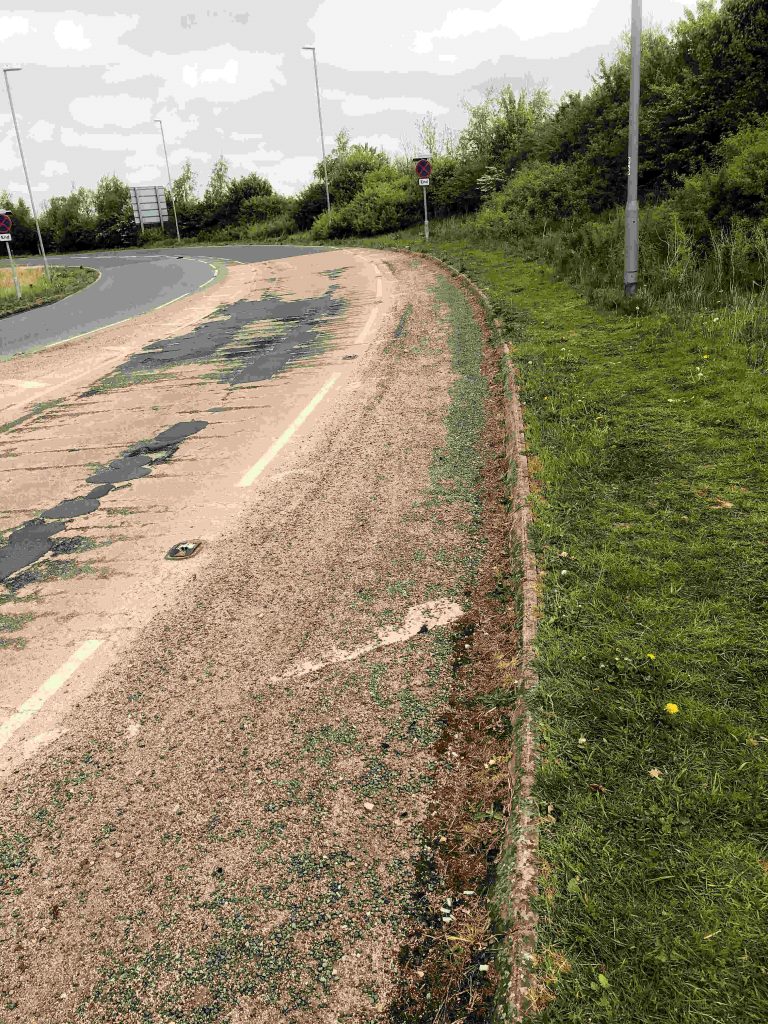

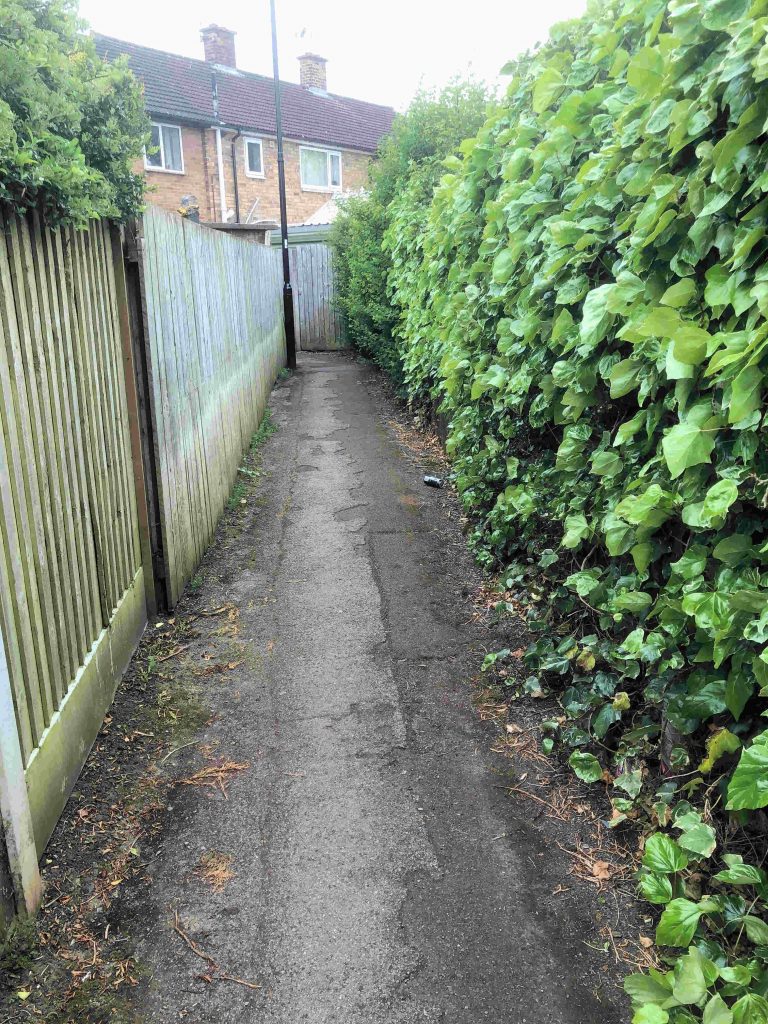
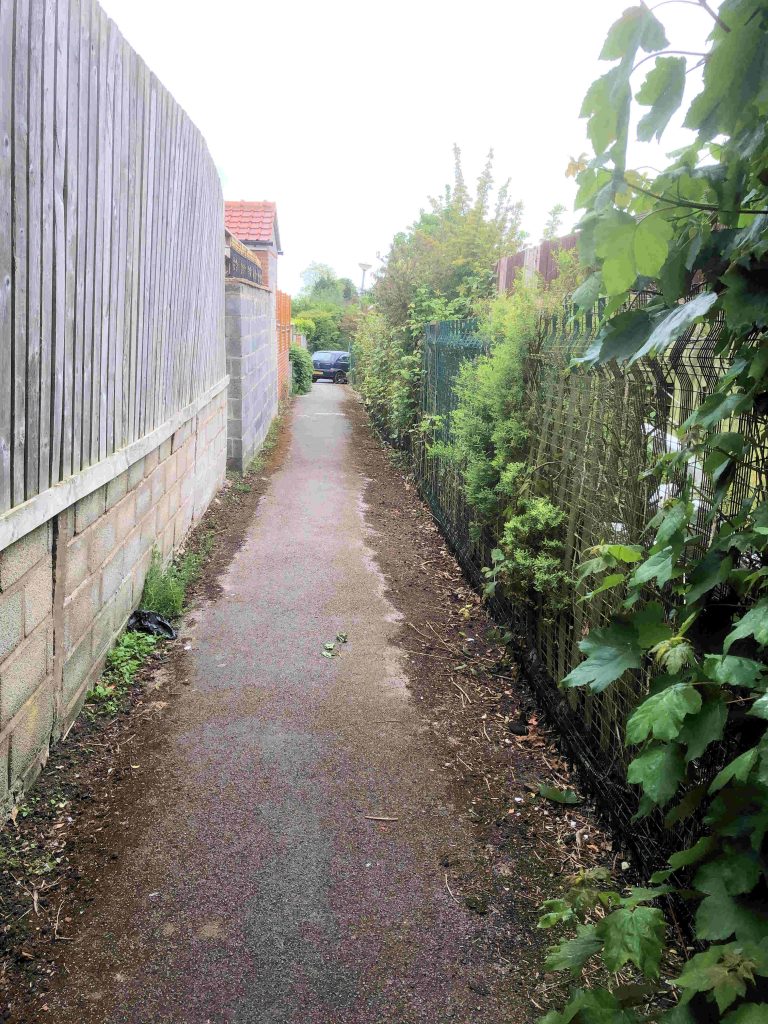
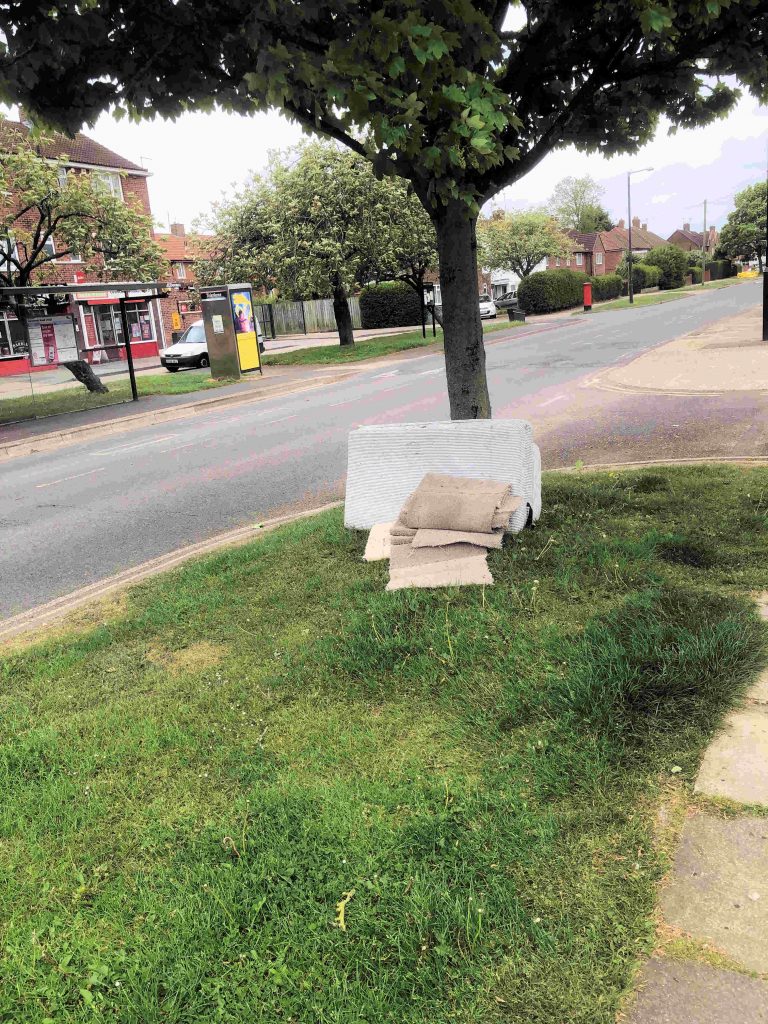
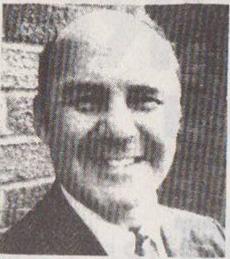
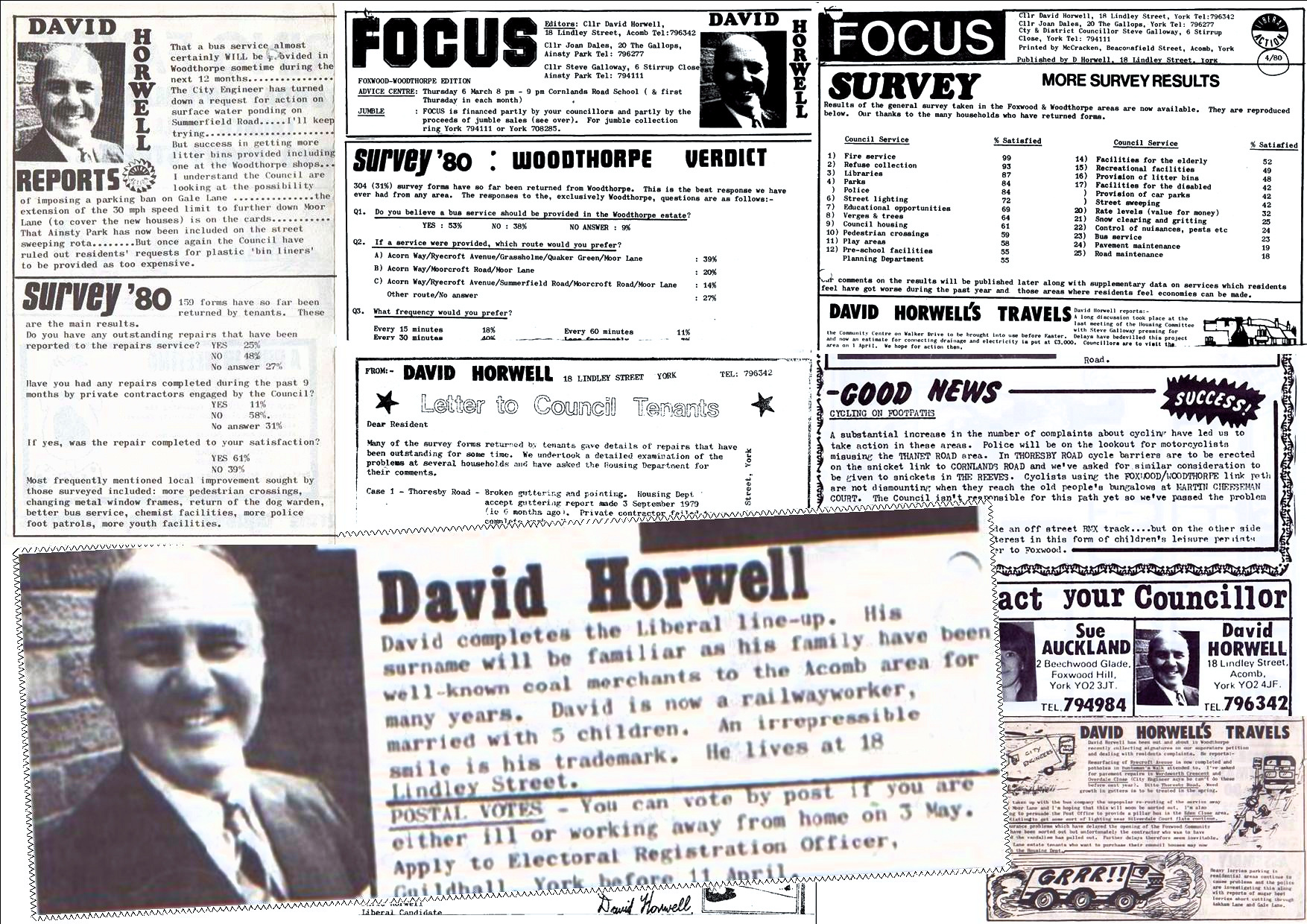
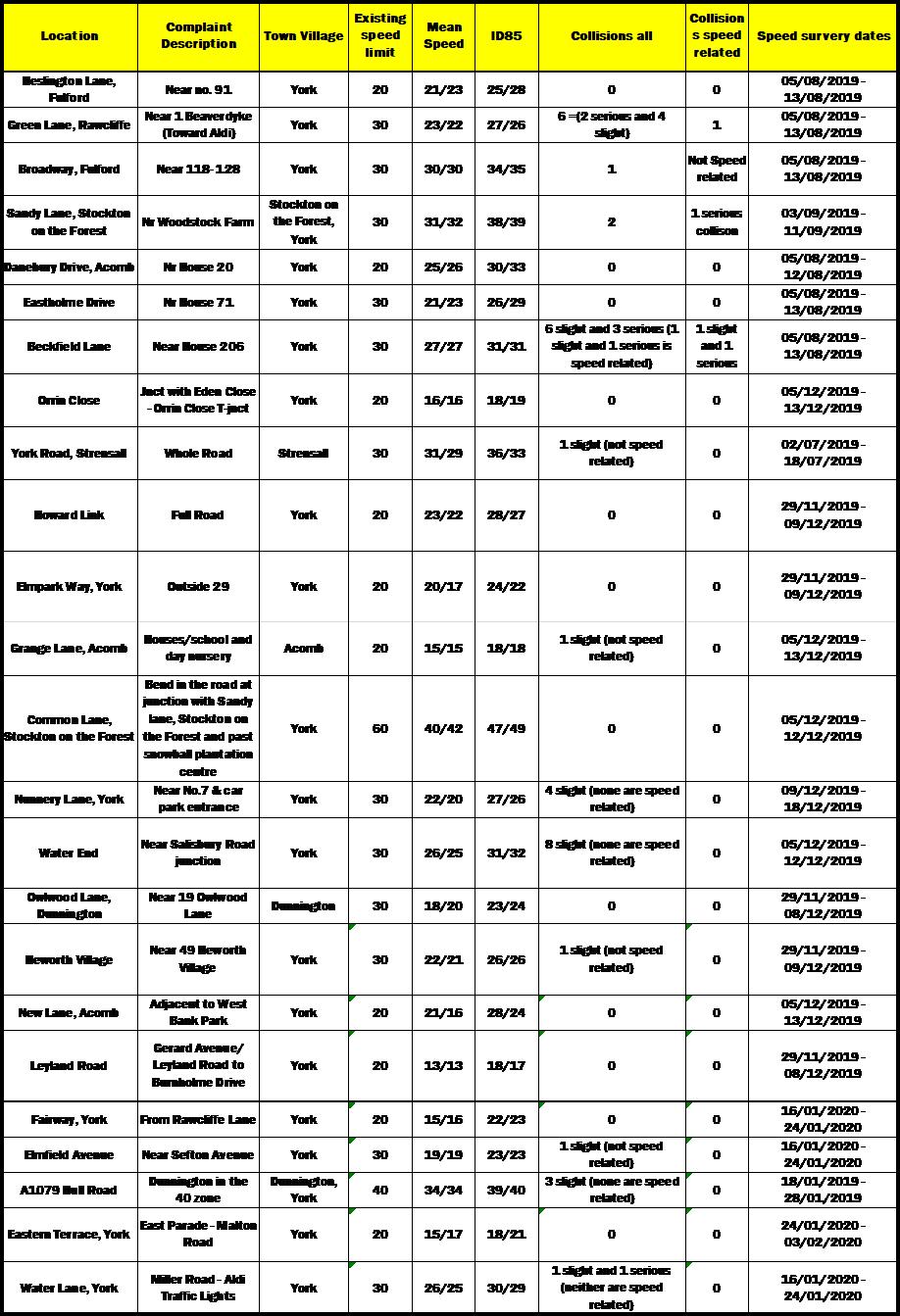
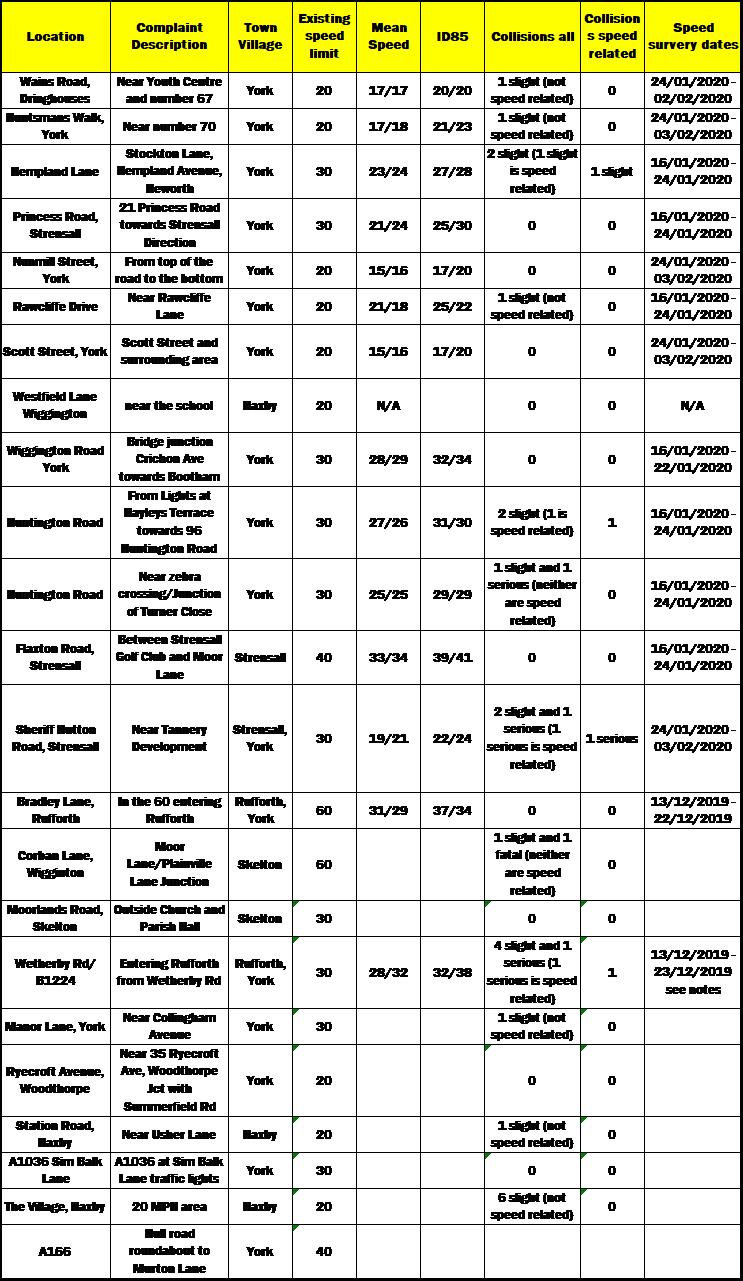




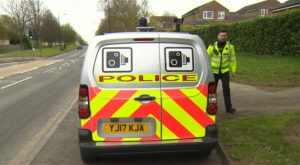 North Yorkshire Police safety (speed) vans caught 135 motorists speeding on roads near York in April.
North Yorkshire Police safety (speed) vans caught 135 motorists speeding on roads near York in April.